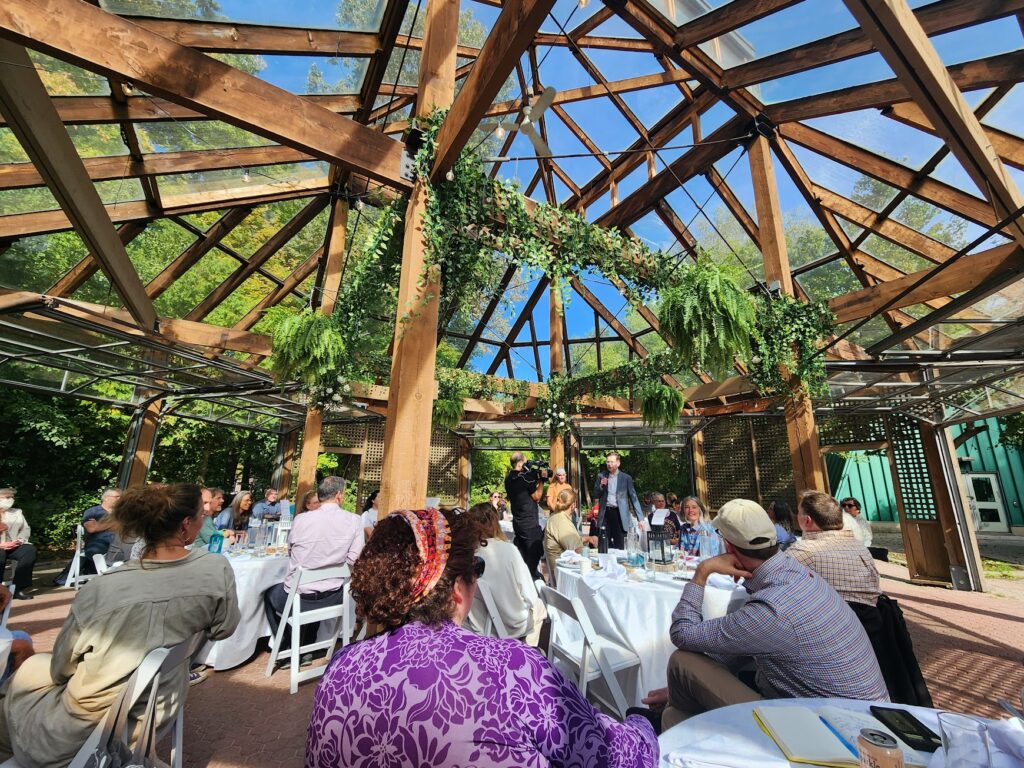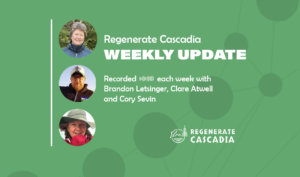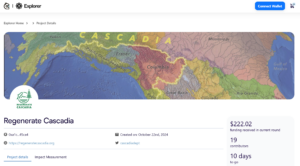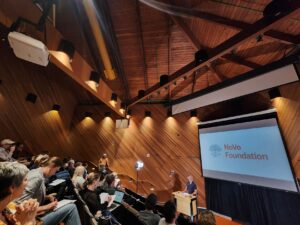Regenerate Cascadia had the amazing opportunity to travel to the Greater Tkoronto Bioregion (GTB) September 23-29 for the launch of the Earth Regeneration Fund, organized by Joe Brewer and Penny Heiple of the Design School for Regenerating Earth, and hosted by Brian Puppa and Susan Bosak who have been organizing the GTB idea for several years now as part of the 7th Generation Legacy Project. We also had the opportunity to connect, meet and plan in person over the course of the week with several other bioregional organizing teams we’ve had the honor of working with in the Design School, including the Forests of the Northeast, Barichara, and the Northern Andes, ourselves from Cascadia, the GTB, as well as the Ogallala Aquifer, which represents an aquifer at risk responsible for providing food to nearly two billion people.

In the photo above, representatives from five bioregions came together this week in Toronto, Ontario . Keetu Winter, Chez Lilly, Bill Baue from the Forests of the Northeast, myself from Cascadia. Natalia, Penny L. Heiple and Joe Brewer from Barichara in the Northern Andes, Will Masters of the Ogallala Aquifer, and Brian Puppa and Susan Bosak representing the Greater Tkaronto here in Canada, together with Syd Harvey Griffith of the Kinship Earth Flow Fund and Tyler Wakefield of The BioFi Project. After those three days, we also came together Friday for the first Regenerative Finance Summit of the Greater Tkaronto Bioregion, where Brian and Susan had gathered with representatives from several philanthropic organizations, conservation authorities, community land trusts, regenerative farms, and youth engaged in regenerative education to launch their GTB fund officially.
Introducing the Greater Tkoronto Bioregion
The name Greater Tkoronto Bioregion, is a great example of the power of framing and naming, changing the more common usage of “greater toronto area” into a bioregional context. The GTB, or Greater Tkaronto Bioregion, explicitly uses the Indigenous name for what’s now known as Toronto to reflect the long human history of this place on the planet. Most scholars now agree that the city’s name comes from the Mohawk word Tkaronto, which means “where there are trees in the water.” The land meets the waters of Lake Ontario, and trees flourished in the many waterways of the Oak Ridges Moraine. Further, “as many as 4,500 years ago, native people drove stakes into the water to create fish weirs – enclosures – to catch fish as they swam through Atherley Narrows, where the water moves quickly as it flows between Lake Couchiching and Lake Simcoe. This continued for centuries and was so successful that the place was considered sacred, a spot where the creator had guaranteed a bountiful food source.”
In defining the “fuzzy boundary” of the GTB, they draw on the seminal 1992 Regeneration report by The Honourable David Crombie (Mayor of Toronto 1972-1978; PC Member of Parliament 1978-1988; President and CEO of the Canadian Urban Institute 2001-2007). In his report, Crombie emphasizes that “thinking about the whole bioregion helps focus attention on the interdependencies and links within it: between city and countryside, natural and cultural processes, water and land, economic activities and quality of life… We view regeneration as a healing process that restores and maintains environmental health and anticipating and preventing future harm. This means striving to ensure that existing land uses and activities are adapted, and all new development is designed to contribute to the health, diversity, and sustainability of the entire ecosystem.”
















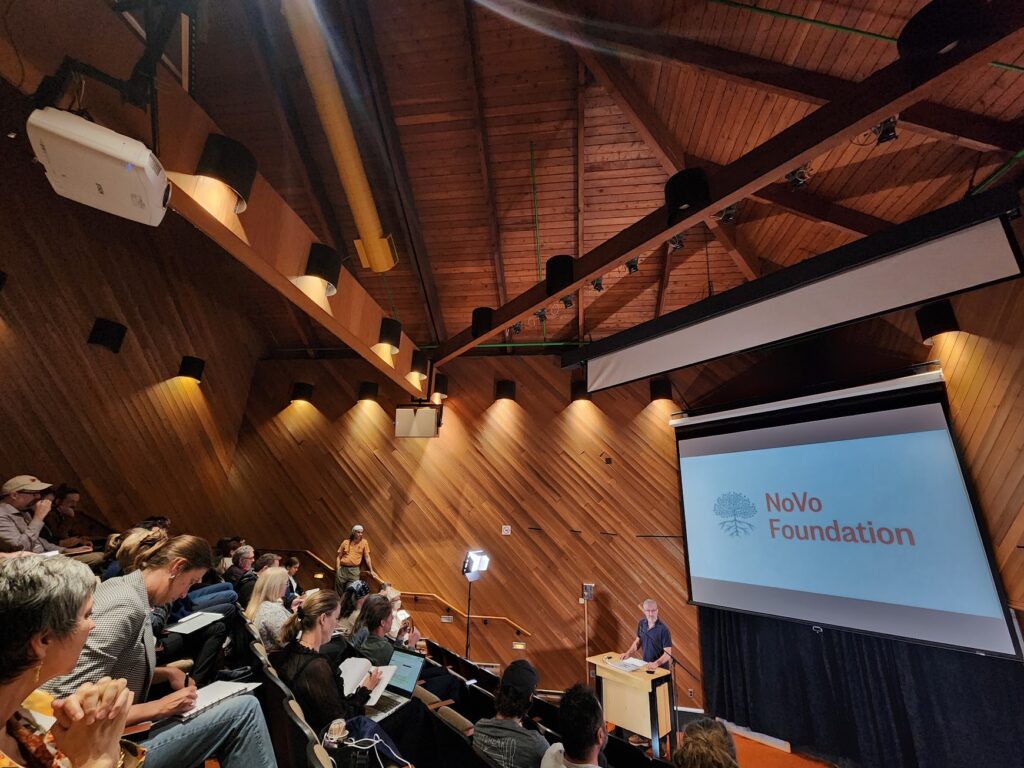








































Seeding the Cascadia Regeneration Fund
We’re excited to share that after an amazing week in Toronto with more than three days of gatherings with representatives of other bioregions and support institutions; the Cascadia Regeneration Fund has received $25,000 as part of the launch of Bioregional Earth and the Earth Regeneration Fund, an initiative being led by Joe Brewer and Penny L. Heiple, as well as Design School for Regenerating Earth. This money, by itself, is not meant to be the “fund”, but rather to serve as a catalytic seed that we will use to launch the fund for the Cascadia bioregion publicly next year.
Together, I am so excited that we are growing a nested community of practice in which we are coming together to support each other and strengthen our relationships and impacts to grow up to continental and, ultimately, planetary scales. Together, this will take all of us, and I’m so excited to see what can emerge.
More to come soon, wonderful regenerators!
All the best,
Brandon Letsinger

